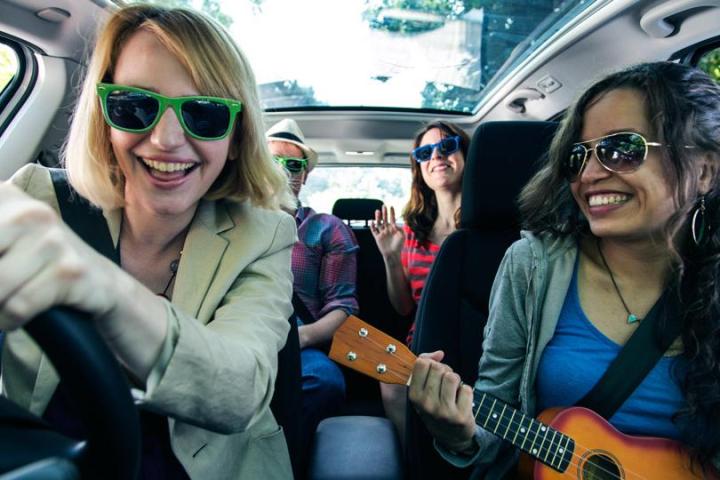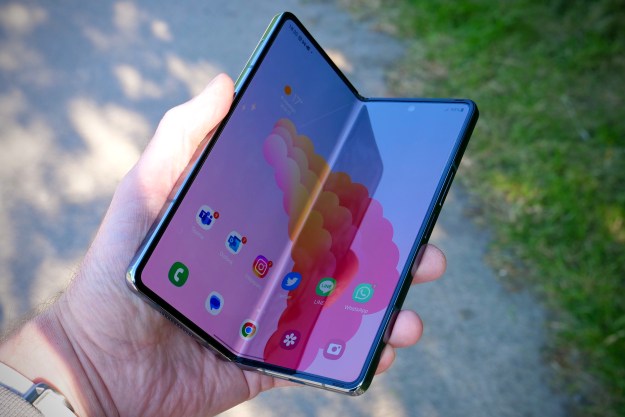
BlaBlaCar operates by matching drivers with passengers taking the same route, with costs such as fuel and tolls shared equally between both parties. The service even provides a cost estimation for the trip, and has a built-in feature to prevent it turning into a profit-making opportunity for the driver, a feature that helps differentiate it from on-demand car services like Uber. Revenue for the business is generated via a small charge made with each driver-passenger transaction.
A passenger can find a driver by simply entering their journey details into the service’s website or app. If a driver has registered the same journey and time, the pair can get in touch via phone or email to arrange a pick-up point and time.
Of course, climbing inside the car of a driver that you’ve never met would, in normal circumstances, be a risky move. However, with BlaBlaCar, users are encouraged to rate each other and comment on their experience so that other drivers and passengers can make an informed decision about whether to meet up. In addition, you have to sign up to the service using your real name – no pseudonyms are allowed.
Eight million members
The Paris-based outfit launched in 2006 and over the years has been steadily building its user base, which now stands at eight million members, with around a million journeys made throughout France, Germany, Italy, Poland, Portugal, Russia, Spain, Ukraine and the UK each month.
The $100 million investment, led by venture capital firm Index Ventures, is reportedly the second largest amount put into a France-based startup since music streaming service Deezer secured $130 million two years ago, and indicates the level of belief which its backers have in the startup’s potential.
The money is expected to be used to take the service into new countries such as Turkey and Brazil. Its expansion could also involve acquiring smaller companies offering the same service and building them into its own brand.
As things stand, there are no plans for a US launch, with the startup citing relatively low fuel costs and long distances between major cities as prohibitive factors. Europe’s higher fuel costs, high cost of car ownership and public transportation, and abundance of major destinations within a relatively short distance of each other means people there are more likely to try out BlaBlaCar.
The startup sees its service as beneficial to not only the driver and passenger – with transportation costs reduced – but also to the environment, with efficient use made of a vehicle’s excess capacity.
To us, it sounds like an efficient way to explore parts of Europe and meet new people, and certainly beats standing on a polluted roadside for hours on end with your thumb stuck out.


